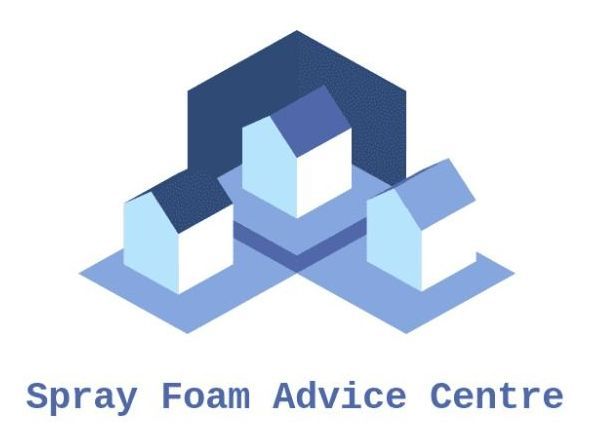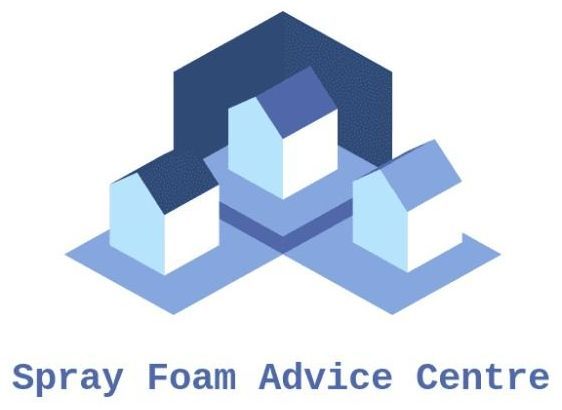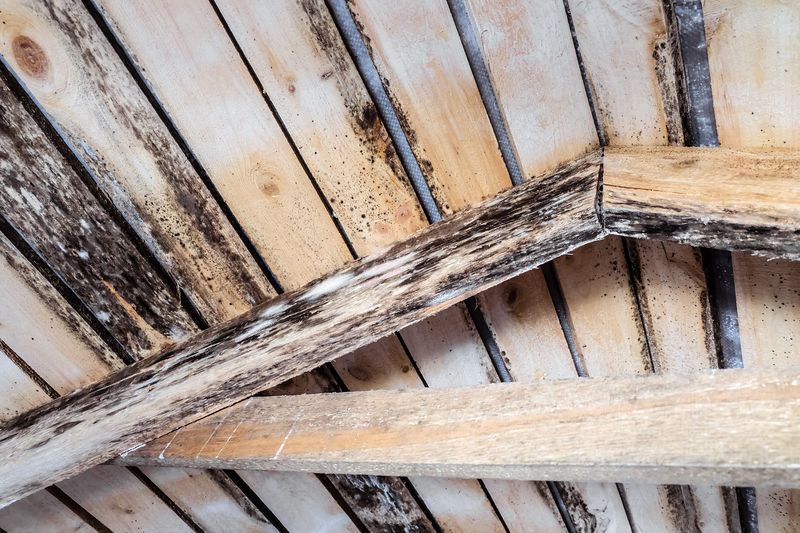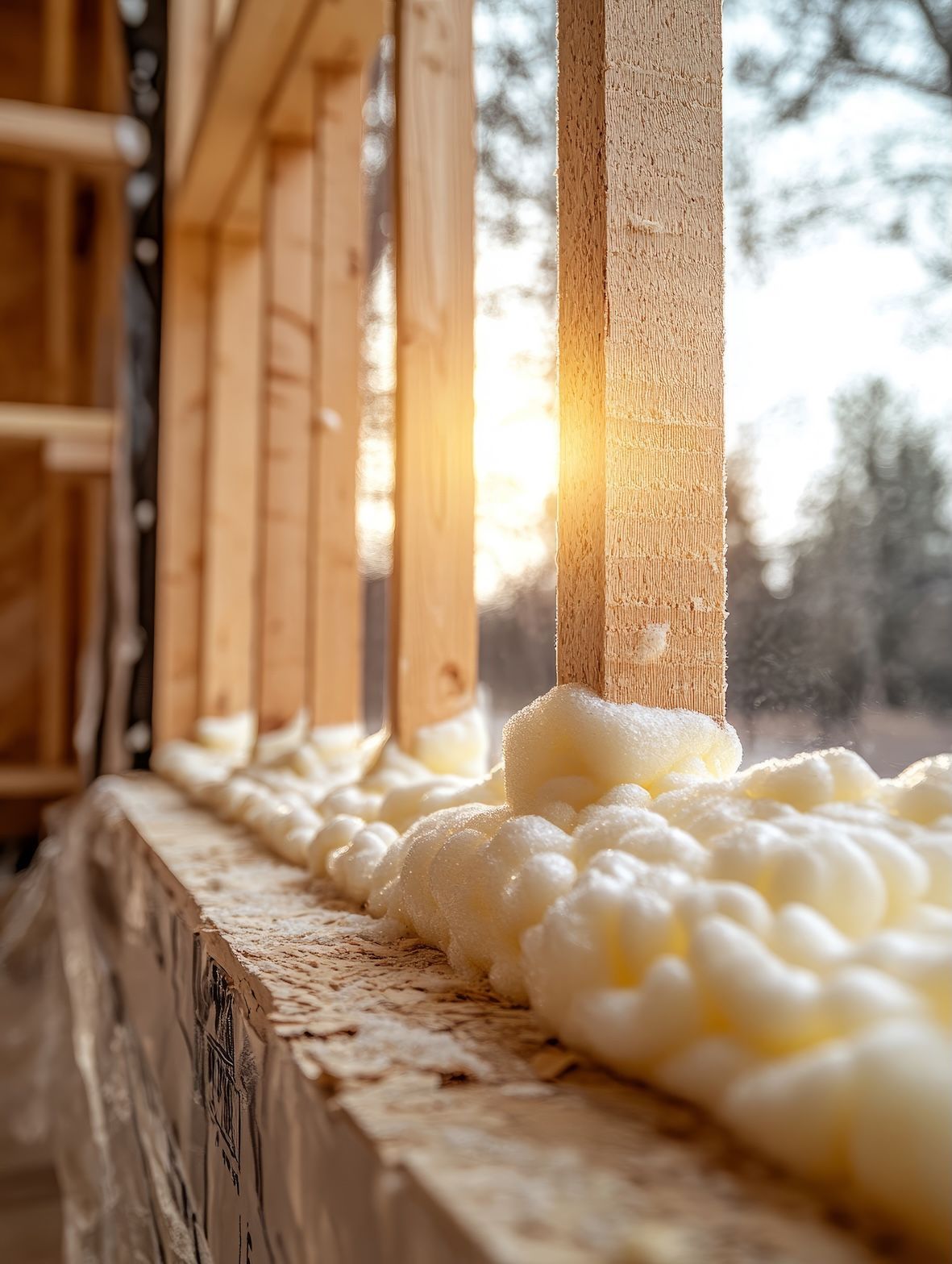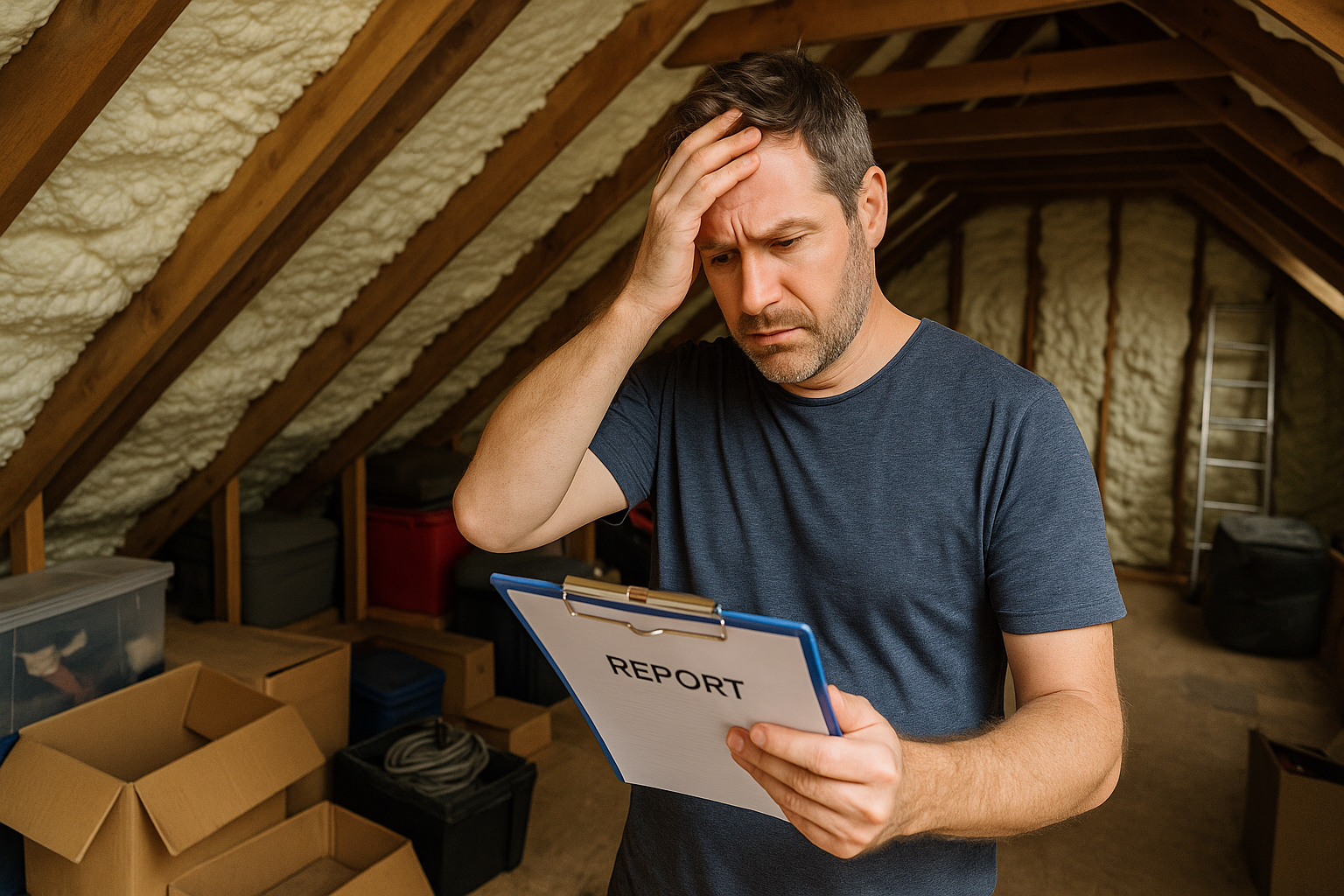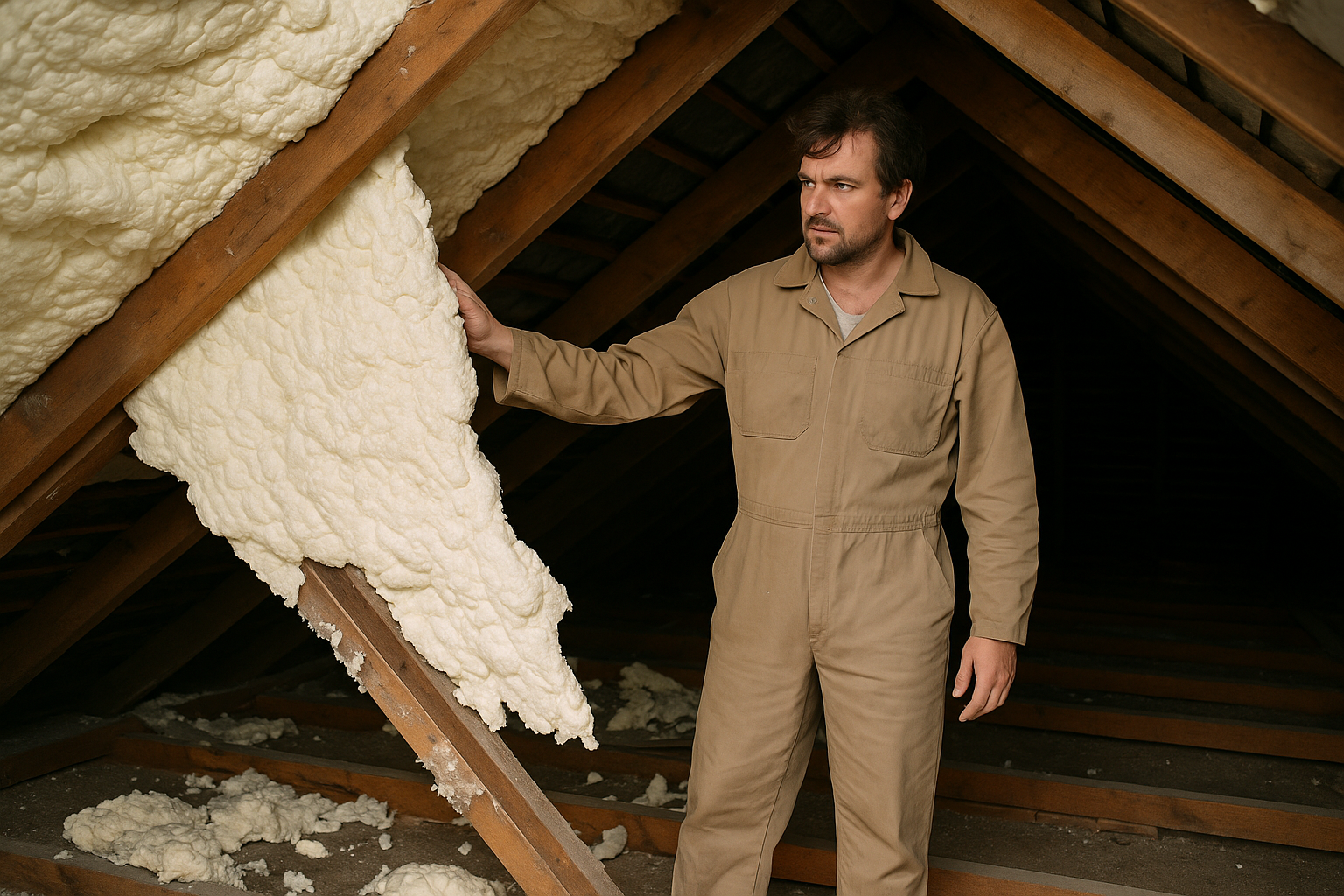The Beginning Of a Hopeful End.

Understanding Class Actions
A class action is initiated when one or more plaintiffs file a lawsuit on behalf of a larger group of individuals who share similar claims against a defendant. These individuals (the "class members") may be grouped based on shared characteristics, such as being affected by the same defective product or experiencing similar financial harm from the same business practices.
Class actions are advantageous in several ways: they can reduce litigation costs, enhance efficiency by consolidating many claims into one case, and provide plaintiffs with greater legal clout against corporate defendants who might otherwise ignore individual complaints.
Steps to Starting a Class Action Lawsuit.
1. Identify Common Claims and Defendants
The first step in starting a class action lawsuit is to identify the common claims and the defendants involved. You need to establish that a large group of individuals has suffered similar harm due to the actions of a specific party.
Example: If a manufacturer produces a defective product that causes injury or financial loss to various consumers, these consumers may have a valid basis for a class action.
2. Consult with Legal Counsel
Given the complexity of class action lawsuits, it is advisable to consult with an attorney who specializes in this area of law. A qualified attorney can evaluate the merits of your case, help define the class, and guide you through the legal intricacies involved.
During this phase, your attorney will also help you understand the potential legal strategies, risks, and costs associated with your class action lawsuit.
3. Gather Evidence
To support your claims, collect relevant evidence that substantiates the commonality of the issues faced by the class members. This may include:
- Documents: Such as contracts, warranties, service records, or advertisements.
- Testimonies: Statements from affected individuals who experienced similar harms.
- Expert Opinions: Insights from professionals who can speak to the extent of the harm caused by the defendant's actions.
Having a robust body of evidence will be crucial in building a strong case for certification as a class action.
4. Establish the Class
To move forward, you must define the class you intend to represent. The class should be made up of individuals who meet certain criteria, including:
- Numerosity: The class must be large enough that individual lawsuits would be impractical.
- Commonality: There must be common questions of law or fact that affect all class members.
- Typicality: The claims or defenses of the representative parties must be typical of the claims or defenses of the class.
- Adequacy: The representative parties must fairly and adequately protect the interests of the class.
5. File the Complaint
Once you have established the class and gathered sufficient evidence, the next step is to file the complaint in the appropriate court. This document initiates the lawsuit and outlines the claims against the defendant, the basis for the class action, and any requests for relief or damages.
Your lawyer will draft the complaint and ensure that it adheres to the legal standards required by the court. The complaint must also include a request for class certification.
6. Seek Class Certification
After the complaint is filed, your attorney will file a motion for class certification. This motion asks the court to formally recognize the group as a class action and to appoint the representative parties to represent the class.
The court will conduct a thorough review of the case, examining whether it meets all the criteria for certification. This process can be complex and may involve hearings where both parties may present evidence and arguments.
7. Discovery Phase
If the class is certified, the lawsuit enters the discovery phase, during which both parties gather evidence to build their cases. This phase can involve:
- Depositions: Interviews conducted under oath with witnesses or involved parties.
- Requests for Documents: Both parties may request relevant documents to support their claims or defenses.
- Interrogatories: Written questions that the other party must respond to.
The discovery phase can be lengthy, and both parties may use various tactics to gather information.
8. Settlements or Trial
Following discovery, the parties may engage in settlement negotiations. Many class actions are resolved through settlements, where the defendant agrees to compensate the class members without admitting liability. This can often be a quicker and less costly resolution for all parties involved.
If a settlement cannot be reached, the case will proceed to trial. Class action trials can be complex and lengthy, especially as they may involve numerous witnesses and large amounts of evidence.
9. Distribution of Damages
If the class wins their case
By
Adam Gough - Spray Foam Advice Centre.
-
